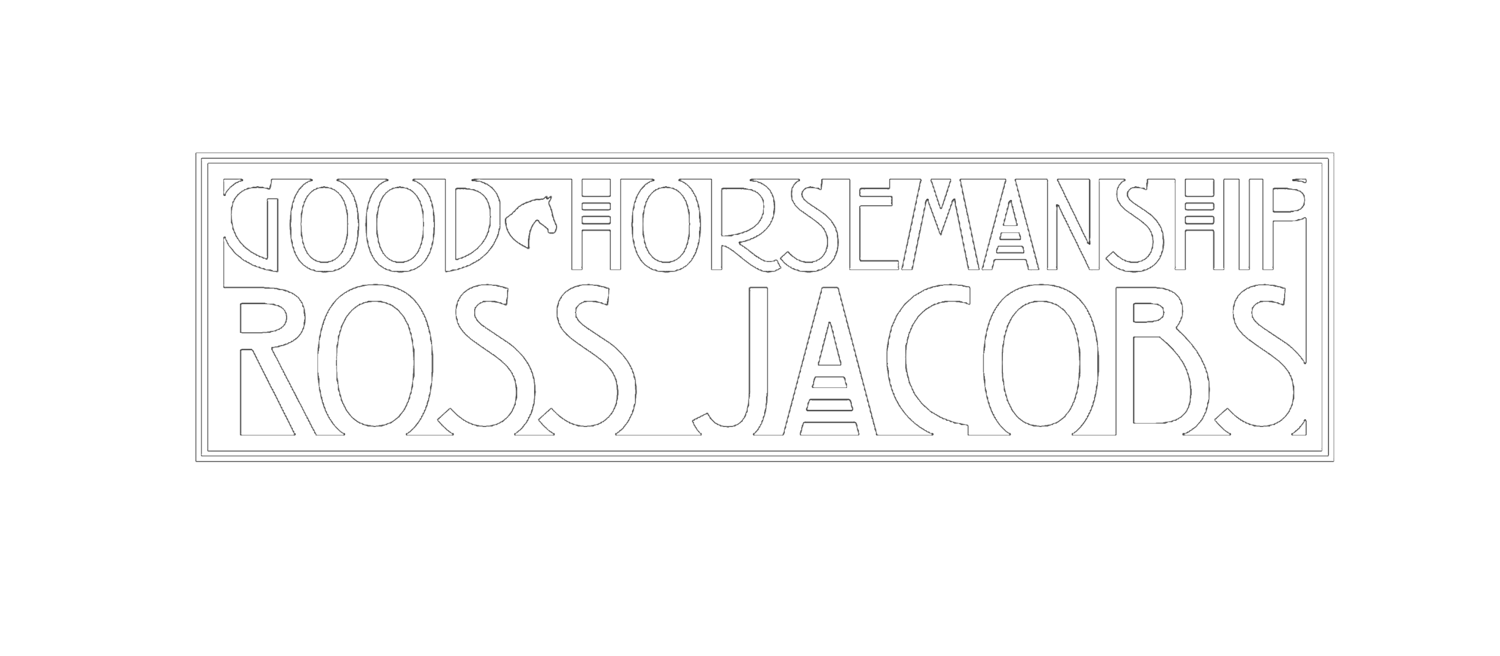I want you to look at the photo below.
It’s our Arab gelding, Guy. He is now 34 years old and was given to us when he was 16 by an owner who could not get along with him. He is from endurance lines and was used as a breeding stallion until he was 15 when the owner gelded him. So that’s Guy’s background.
The photo was taken 4 years ago when we were in the midst of a drought. In the photo, you’ll notice the Sahara-like conditions. In most years, there would be a carpet of green grass. But not in this drought year. Also, notice the cement feeder and Guy standing by it. Lastly, follow the fence line to the left of the picture until it goes all the way to the tree line about 800m from where Guy is standing. You can’t see them, but under those trees are the 6 other members of our herd trying desperately to find shade from the 40C heat (that’s about 104F for those still living in the 18th century).
Being in the midst of the severest drought on record, all our horses were fed chaff and grain each day at 5pm. It happens every day, they know it and expect it. Each day when Birch, Six, Riley, Teddy, May, and Chops heard me start the motor to the Kawasaki Mule they leave the shade that gave them respite from the blistering sun and wandered to the area where I fed them.
They all did it, except Guy. Guy would stand by the feeder from 10 am.
Why did Guy stand in the terrible heat for 7 hours? Why didn’t he hang out with his friends? Why did he not at least graze what little grass there was? If you notice the small sand hill to Guy’s right, that’s the wall of a dam where he would occasionally wander to get a drink and then return to stand by the feeder.
I believe the explanation for Guy’s behaviour is in the importance he placed on the 5pm feed. It consumed him and shaped almost every decision he made in a day.
He could graze like the others, but Guy’s behaviour is not about having a full belly. He could hang out with the herd, but the comfort of the herd is not strong enough to override the idea of the 5 o’clock feed.
That summer had been record-breaking in many ways. We endured record temperatures. We had very few days under 37C and experienced day after day over 40C. That’s hot. The thermal neutral temperature for humans is around 21C to 22C. By thermal neutral temperature, I mean the outside or ambient comfort temperature for humans is about 21C. So for the average person, temperatures over 22C cause discomfort and we partake in behaviours designed to keep us cool (light clothing, seeking shade, turning on a fan, drinking cold drinks, etc).
But for horses, it is a little different. A horse’s thermal neutral temperature is a lot lower. It depends a little on breed and circumstances, but horses can range from 0 to 20 Celsius with most horses having a comfortable air temperature of 10C - 15C. That’s why horses tend to be much more active in cold weather and sedentary in hot weather.
So imagine Guy standing in direct sunlight in 40C temperatures for hours when his comfort temperature is 10C! Imagine the intense physical discomfort he must have experienced. Yet, even the extreme pressure of the sun beating down on him was not strong enough to get him to change his thought about the 5 o’clock feed. He didn’t seek shelter or stand in the dam or hang out with his friends under a tree.
When I think of horses having a strong idea and a thought that is hard to change, I think of Guy’s thought to stand by the feeder under extreme physical discomfort and the emotional discomfort of being separated from his friends. What would it take for Guy to change his idea about the importance of the 5 o’clock feed? How much pressure would a person need to present to Guy for him to let go of this idea and look for a better one?
There is a little of Guy in virtually every horse. For some, it may be the desperation of staying with companions. Other horses may not be able to give up their thought about not going into a trailer or walking through a gate. Yet, another horse may feel just as strongly about not resisting the right rein or going forward from a rider’s leg pressure.
We all struggle to help horses change their ideas. However, changing a horse’s idea is the only thing that separates good horsemanship from training a slave. So when we work with a horse that won’t let go of a thought or the changes we make today don’t hold tomorrow, we should consider how important the idea we want to change is to the horse. An idea can be a powerful thing to a horse (as Guy has shown me). How strong can your horse’s thoughts be?

